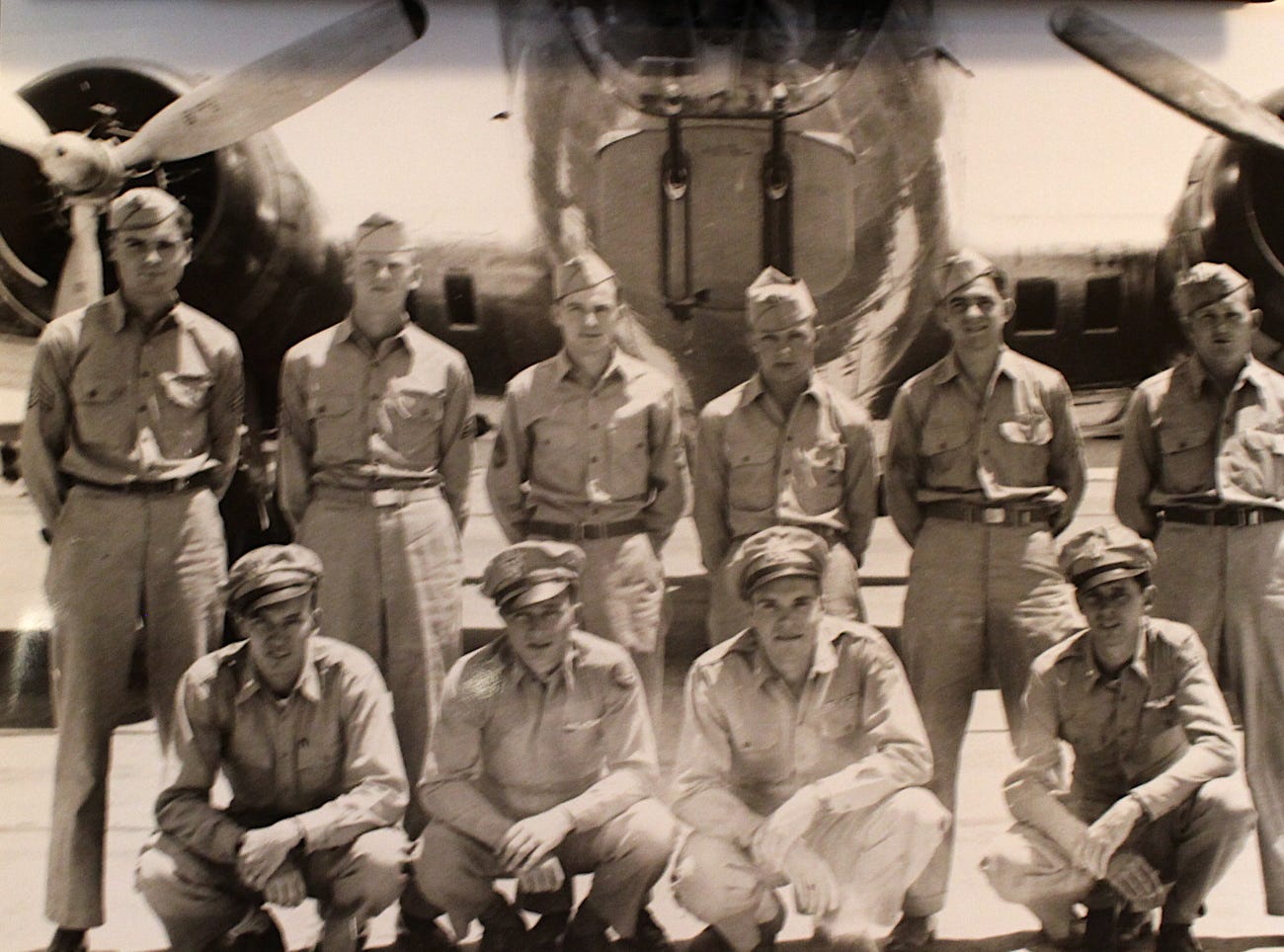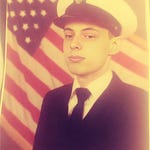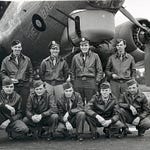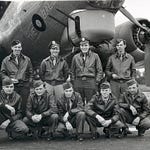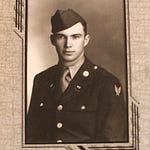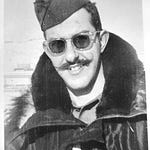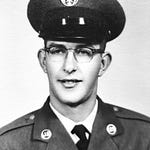Wesley and his crew flew a harrowing 35 combat missions in the midst of deadly flak, fighter attacks, harsh weather, mechanical failures, and more. As you’ll hear from Wesley, the psychological toll on the young men built over time, and not every member of the crew handled it as well as others.
Their missions were audacious, their courage undeniable. World War II bomber crews, venturing into the teeth of Nazi Germany's defenses, faced a unique brand of psychological warfare.
The constant stress of combat was omnipresent. Every mission, a dance with death against relentless flak and enemy fighters. The mortality rate was staggering, with crews facing a one-in-three chance of not making it back. This fostered an unbreakable camaraderie, a desperate clinging to the fleeting comfort of shared purpose.
Media back home painted them as heroes, amplifying the pressure to succeed and fueling a sense of responsibility that weighed heavily. Yet, upon returning, the horrors witnessed often remained unspeakable, leading to the invisible wounds of Post-Traumatic Stress Disorder.
Stigma further compounded the trauma. Society often romanticized the war effort, leaving little space for the emotional toll on these veterans. Many struggled in silence, their invisible scars a constant reminder of the sacrifices made in the skies over Europe.
Theirs is a story not just of bravery but of the enduring human cost of war, a cost measured not just in lives lost but in the unseen wounds that continue to echo long after the battles have ceased.
Wesley and the other members of the crew never blamed those that dropped out; they understood better than anyone. Nonetheless, some men found themselves trapped between the unimaginable stressors of war, and the unbearable pressures of society.


